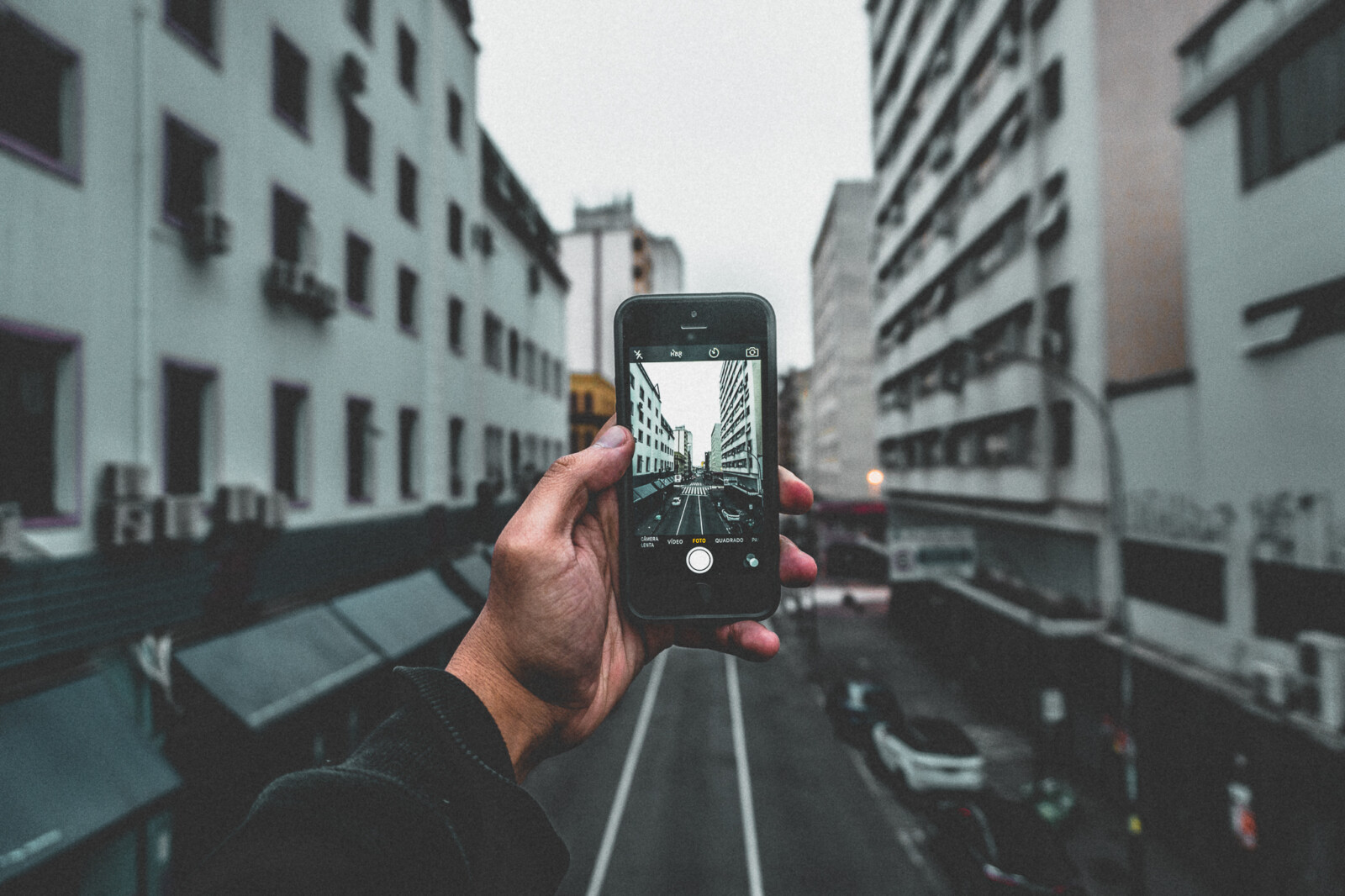Capture Crucial Evidence: Mastering Accident Scene Photography
Accident scene photography serves as crucial evidence in legal proceedings. This guide, 'Capture Crucial Evidence: Mastering Accident Scene Photography', provides comprehensive instructions on documenting accident scenes effectively and safely. Highlighting the importance of detailed, accurate photography, it outlines steps for capturing the overall scene, close-ups of damage, and additional considerations. The goal is to equip readers with essential skills to increase success in related legal outcomes.

Key Takeaways
- Accident scene photography is crucial evidence for insurance claims, defense, or legal cases.
- It helps establish the sequence of events leading to the accident.
- Accident scene photos can capture important details such as road conditions, skid marks, or vehicle damage.
- Accident scene photography increases the chances of a successful outcome in legal proceedings.
Understanding the Role of Accident Scene Photography
Understanding the role of accident scene photography involves acknowledging its importance in evidencing the circumstances and details of a vehicular incident, which plays a pivotal function in legal proceedings and insurance claims. Accurate documentation of the accident scene using specialized photography techniques helps to establish liability and determine fault. These techniques include photographing from multiple angles, focusing on both broad and intricate details, and capturing contributing factors such as road conditions. Clear and detailed photos can provide a comprehensive understanding of the incident, thus supporting the truth of a claimant's account. Tips for capturing such photos involve using natural lighting, avoiding obstructions, and maintaining original images without edits. Ultimately, effective accident scene photography enhances the credibility and strength of any accident-related claims or defenses.
Steps to Follow When Photographing an Accident Scene
When photographing an accident scene, one must carefully follow several steps to ensure that all critical details are accurately and thoroughly captured. To begin, prioritize safety. Once secure, document the overall scene from multiple perspectives, ensuring accuracy in the portrayal of the incident's entirety. It's crucial to capture evidence such as vehicle positioning, damage, and any debris. For clarity, include landmarks or signage indicating location. Close-up shots of damage and any visible injuries are paramount, providing precise details. Natural lighting enhances image quality. To avoid accidental obstruction, be mindful of fingers or camera straps. Capturing relevant details aids in determining cause and fault. Finally, maintain original photos unedited for credibility. These steps are vital in mastering accident scene photography.
Capturing the Overall Accident Scene: What to Include
To effectively capture the overall accident scene, one should not only focus on the immediate area of impact but also branch out to include surrounding elements such as road conditions, weather, and possible contributing factors, which can collectively paint a comprehensive picture of the incident. The importance of location cannot be overstated as it provides a broader context within which the accident occurred. This includes capturing road signs, traffic lights, and notable landmarks that can help pinpoint the exact location of the accident. The presence or absence of safety measures can also be documented. The aim is to create a visual narrative that provides irrefutable evidence and accurately represents the circumstances leading to, during, and following the accident.
Documenting Vehicle Damage and Injuries: A Closer Look
Photographing vehicle damage and physical injuries is not only essential for thorough accident documentation, but it also provides crucial evidence for insurance claims and legal proceedings. This meticulous process requires detail-oriented attention and a factual approach to ensure the images accurately depict the scene. Capturing emotions can help to convey the severity and impact of the incident, adding weight to the evidence. Clear and concise images utilizing natural light and various angles can further enhance the photographic account. Using stabilizing devices can eliminate blurs, ensuring sharp, high-quality shots. Documenting vehicle damage, from dents to shattered glass, and physical injuries, in all their stark reality, can make the difference between a successful claim or legal defense and an unsuccessful one.
The Art of Taking Photos From Different Perspectives
How can one utilize the technique of capturing images from various angles and perspectives, and why is this method significant in accurately documenting an accident scene? The technique of taking photos from different angles is a vital tool in accident scene documentation. It allows for a comprehensive view of the scene, capturing minute details often missed by a single perspective. By moving around the scene and varying the height and angle of the shots, you can document the spatial relationships between objects, road conditions, and any visible damage or injuries. This approach can highlight evidence that supports your account of the incident. It ultimately aids in establishing the sequence of events, contributing factors, and responsibility. Hence, this method enhances the accuracy and reliability of the photographic evidence, making it a critical aspect of accident scene documentation.
The Importance of Location: Capturing Landmarks and Street Signs
In the realm of accident scene photography, capturing distinct landmarks and street signs in your shots is a crucial aspect, as it helps in accurately determining the location of the incident and provides valuable context to the evidence. These elements not only validate the geographical location but also aid in the recreation of the accident, offering a realistic perspective. By capturing environmental conditions, such as weather, lighting, and road conditions, a more comprehensive account of the incident's circumstances is provided. Furthermore, capturing unique perspectives, such as viewpoints from various street corners or from the perspective of involved parties, enhances the understanding of the incident. Therefore, the inclusion of landmarks, street signs, and environmental conditions in accident scene photography plays a pivotal role in evidence substantiation.
Harnessing Natural Light for Clearer Photos
While utilizing the correct camera settings is essential, harnessing natural light is equally critical because it can significantly enhance the clarity and detail of accident scene photos. Understanding exposure settings for accident scene photography is crucial in managing how much light enters the camera. Too much light can wash out important details, while too little can leave images dark and unclear. It's essential to balance these settings to achieve optimal illumination. The use of photo editing software is also vital in enhancing accident scene photos, allowing photographers to adjust brightness, contrast and clarity post-shoot. However, it should be applied cautiously, ensuring that original details are not distorted or lost, preserving the integrity of the evidence.
Avoiding Common Obstacles in Accident Scene Photography
Where can one find guidance to circumvent common challenges in accident scene photography, and what are the best practices to ensure the integrity of the photographic evidence? The answer lies in meticulous preparation, understanding the technical aspects of photography, and learning from experienced professionals. Common obstacles in accident scene photography often include poor lighting, obstructions, or unanticipated emotional reactions. Using a tripod, harnessing natural light, or employing flash strategically can overcome some of these issues. Additionally, techniques for capturing emotions and reactions effectively involve timing, perspective shifts, and maintaining a respectful distance. It's crucial to remain objective, avoiding interference with the scene and ensuring photographs accurately represent the reality. Ultimately these practices contribute to the credibility and usefulness of the photographic evidence.
Focusing on the Relevant Details: What to Capture
Mastering the art of accident scene photography requires one to focus effectively on capturing the most relevant details that will contribute to the clarity and credibility of the evidence presented. This involves highlighting details like skid marks, vehicle positions, and damage, road conditions, and traffic signs. A detail-oriented approach ensures nothing significant is overlooked. Capturing emotions is equally important as it can provide valuable insight into the immediate impact of the accident on those involved. However, it's imperative to balance this with the necessity for factual representation to maintain the objectivity of the evidence. In essence, successful accident scene photography relies on a clear, concise capture of both tangible details and emotional reactions, thereby providing a comprehensive narrative of the event.
The Importance of Multiple Shots and Original Photos
Taking multiple shots at an accident scene bolsters the credibility of your evidence, and preserving the original photos ensures their authenticity is never questioned. The importance of multiple angles cannot be overstated. Different angles can reveal crucial details that a single view may miss, from vehicle positioning to specific damage areas. They offer a comprehensive perspective of the incident, aiding in establishing liability. Moreover, preserving original photos is vital. Any manipulation or alteration can cast doubt on their validity and undermine their usefulness as evidence. In fact, any changes, even simple cropping or brightness adjustments, should be avoided. To maintain the integrity of your evidence, always keep a set of untouched, original photos. This meticulous approach can significantly impact the outcome of legal and insurance proceedings.
Beyond the Crash: Documenting Contributing Factors
Documenting contributing factors, such as weather conditions and traffic signs, is an essential part of accident scene photography, and it can provide crucial context for understanding the circumstances surrounding the crash. Capturing environmental factors like road conditions, visibility, and time of day can shed light on potential causes or exacerbating factors of the accident. Traffic signs and signals, meanwhile, can offer insights into whether any traffic rules were violated. Additionally, documenting witness statements can provide a human perspective and further detail on the event. These statements, when corroborated by photographic evidence, can form a robust, irrefutable account of the accident. Thus, comprehensive accident scene photography goes beyond mere images; it is a multi-faceted approach to accident reconstruction.
Witnesses and Injuries: Additional Elements to Capture
In the realm of accident photography, the inclusion of witnesses and injuries provides an enriched comprehension of the incident, and it also boosts the credibility of the documented evidence. Capturing witness testimonies and documenting physical evidence can significantly enhance the context and understanding of the accident situation. Ideally, photographs should include witnesses in their immediate post-incident reactions, thus providing a visual narration of the event. Similarly, capturing injuries serves as a potent demonstration of the accident's impact, substantiating claims of physical harm. Nevertheless, it's imperative to respect privacy and consent when photographing individuals or injuries. In sum, the inclusion of witnesses and injuries in accident photography augments the authenticity and depth of the incident depiction while potentially strengthening legal claims.
How to Share and Use Your Accident Scene Photos
Regularly, it is essential to share your accident scene photos with both your insurance provider and legal counsel, and these images can also serve as compelling evidence in court proceedings. Sharing accident scene photos with insurance companies, legal representation, and witnesses not only bolsters your claims but also provides a clear narrative of the event. The photos can corroborate witness statements, verify the details in your report, and strengthen your insurance claims or legal cases. It's crucial to maintain the originality of the images, refraining from any alterations. Providing copies to all involved parties can enhance transparency and ensure a fair evaluation. In conclusion, effective use and distribution of these photos can significantly impact the outcome of insurance or legal proceedings.
The Impact of Accident Scene Photography: An Educational Perspective
Through an educational lens, the role of accident scene photography, with its power to substantiate claims and provide tangible evidence, carries a profound impact on the proceedings of insurance and legal matters. The educational impact of accident scene photography is invaluable - it aids in comprehending the series of events, identifies the contributing factors, and documents physical conditions. This photographic evidence can be instrumental in determining liability, facilitating just resolutions. Exploring the legal implications of accident scene photos, they act as irrefutable proof, strengthening legal cases. They render abstract incidents into tangible reality, providing clear, objective, and factual record. Thus, comprehending the importance of accident scene photography is crucial, not just for legal and insurance professionals, but for general public awareness as well.
Frequently Asked Questions
What Type of Camera Is Best Suited for Accident Scene Photography?
The best camera for accident scene photography should have a combination of durability and versatile lens selection. Camera durability is important as it may be used in various environmental conditions. A camera with interchangeable lenses is beneficial, as different lenses can capture different perspectives, aiding in more accurate representation of the scene. Additionally, a high-resolution camera is recommended to capture clear, detailed images that can be used as crucial evidence in insurance claims or legal proceedings.
Are There Legal Implications to Consider When Photographing an Accident Scene?
Yes, there are legal implications when photographing an accident scene. Privacy concerns arise if individuals are identifiable without their consent. It's essential to focus on capturing the accident's details, not personal aspects. Additionally, photos must not be altered as this can be perceived as evidence tampering, compromising the credibility of the images in legal proceedings. Always ensure photos are taken responsibly, respecting privacy, and maintaining the integrity of the scene.
How Immediate Should the Photography Be After an Accident Has Occurred?
Photography of an accident scene should ideally be immediate to preserve crucial evidence. However, Photography Timing Challenges may arise, such as ensuring personal safety and not obstructing emergency services. Should immediate photography be impossible, remember the scene vividly for later documentation. Evidence Preservation Techniques like noting vehicle positions, identifying landmarks, and recording weather conditions can also be helpful. Prompt photography is essential for accurate, unaltered documentation of the accident scene.
How Can One Effectively Photograph an Accident Scene at Night or in Low Light Conditions?
Photographing an accident scene at night or in low light requires certain techniques for effective results. Flash usage is vital to illuminate the scene and capture critical details. However, direct flash can create harsh shadows or glare. Therefore, using an indirect flash or diffuser may yield better results. Additionally, light augmentation tools such as auxiliary lights or reflective surfaces can help to enhance visibility. Furthermore, adjusting the camera settings to suit low light conditions can improve image quality.
What Steps Should One Take if the Accident Area Is Too Large to Be Captured in One Frame?
If the accident area is too extensive to be captured in one frame, panoramic shooting techniques can be employed. This approach allows for wide-angle shots, providing a comprehensive view of the scene. Alternatively, aerial photography can be used, utilizing drones or other available means to capture overhead shots. Both methods enable the documentation of large-scale accident scenes effectively, revealing crucial details that may be pivotal in understanding the circumstances of the accident.
Conclusion
In essence, accident scene photography plays a pivotal role in capturing critical evidence that can influence the outcome of insurance claims, legal proceedings or investigations. It requires meticulousness, strategic planning, and a comprehensive approach. By documenting the scene, vehicle damage, injuries, and contributing factors, one can compile a detailed record that aids in establishing the truth. Effective sharing and use of these photographs further augment their value, solidifying their importance in accident-related matters.

This post has been generated by AI and was not reviewed by editors. This is Not legal advice. Please consult with an attorney.




